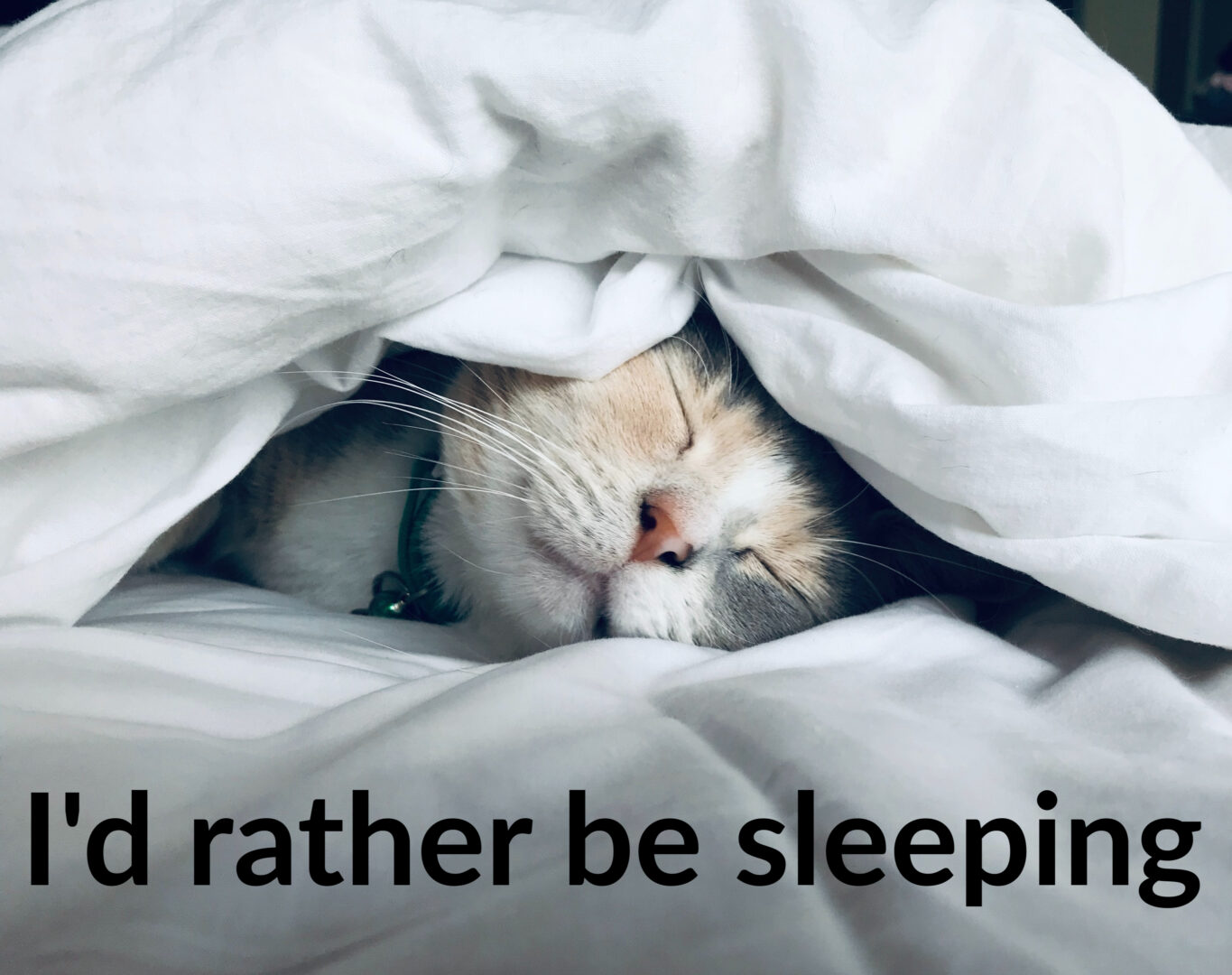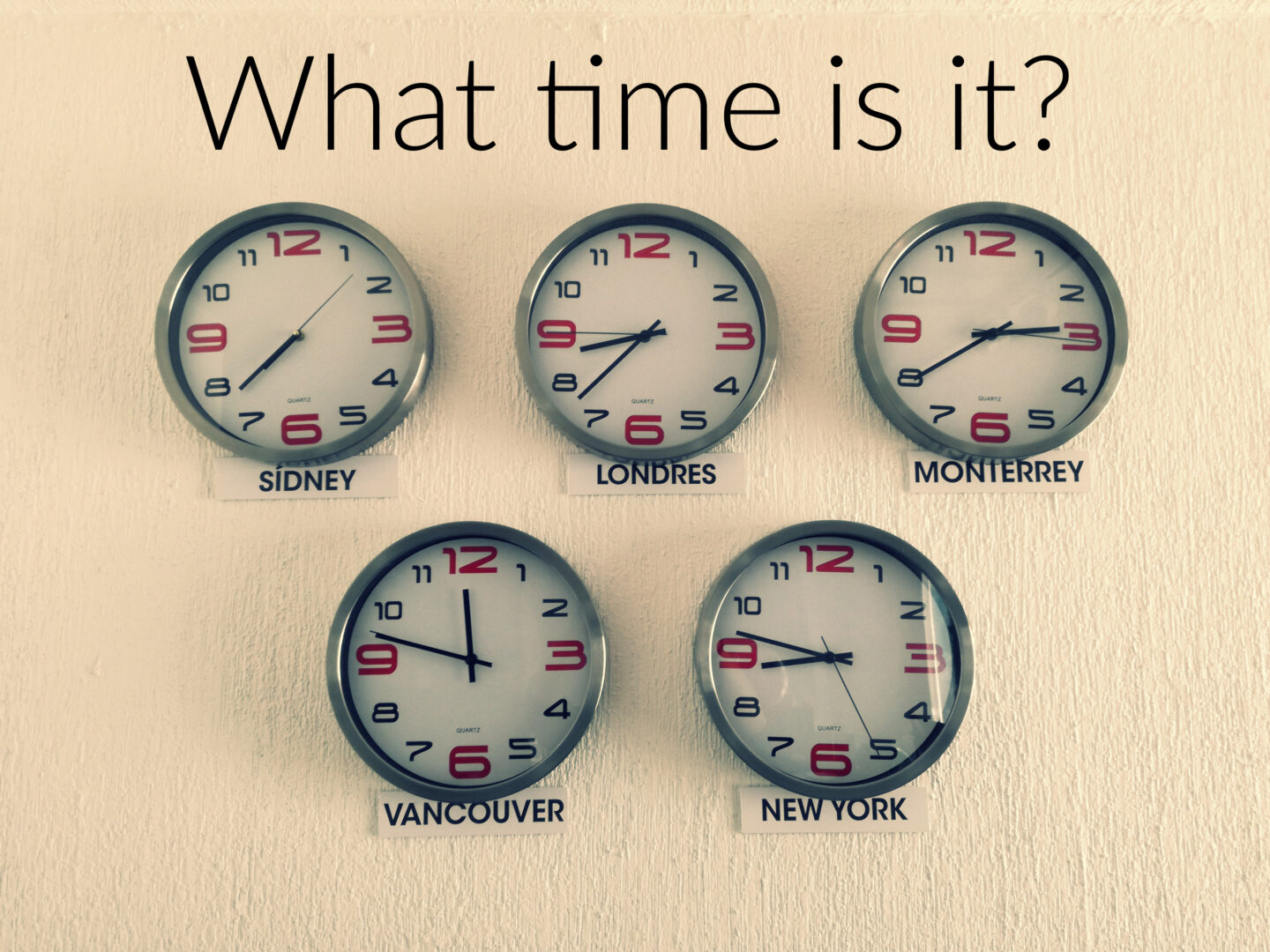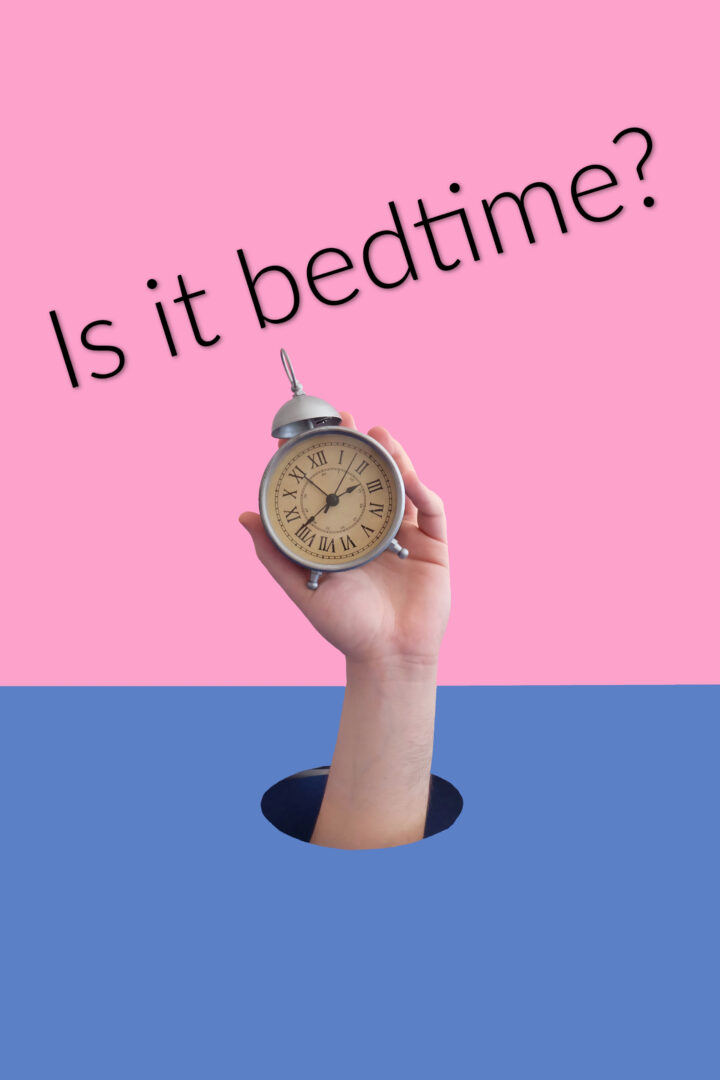
Don’t you hate it! You travel eastward and it takes days to get your mojo. Even worse if you are traveling for business and have an early morning meeting. Your body just wants to sleep and it is difficult to
What happens to our body when we are jet-lagged?

Photo by Luis Cortes on Unsplash
Matthew Walker, author of Why We Sleep explains jet lag. Our brain and sleep patterns work on a 24-hour cycle, like a day. This cycle is called our circadian rhythm. Think of it like a wave coming to shore, with a rise and a fall.
As a wave begins to swell, think of our brain as being most active and alert as daytime begins. Our body temperature rises and peaks in the afternoon. As we approach late afternoon our body temperature starts to fall and reaches its lowest point about 2 hours after the onset of sleep. Even if you do not sleep, your body temperature will still ebb and flow in this circadian rhythm.
Melatonin, a hormone that regulates the sleep-wake cycle is released from the pineal gland in the brain soon after dusk. Melatonin acts as a trigger to let the body know that it is time to sleep. Note, it is just a signal to tell the body that it is time to sleep, it does not influence how well you sleep.
When a new day begins and sunlight comes into the room, light enters into your brain (even through closed eyes) and melatonin secretion slows and stops. When the melatonin stops, the pineal gland in the brain signals that sleep is over and wakefulness begins. This continues to happen every 24 hours. Think again of those waves.
The pattern of light and darkness
When we travel, the schedule of light and darkness is disrupted. Our rhythm is still in sync with the time zone we came from, but now our body gets confused with the new light and darkness synchronization. The 24-hour circadian rhythm is disrupted. Our body tries desperately to catch up, but the haze we feel during the day continues and we can’t sleep when it comes time for bed. In general, it takes one day for every hour of time change to adjust. That makes it difficult for those long trips cross country or continent and sometimes we never adjust and then find ourselves coming home again.
East or West

Many people find traveling east more challenging. Why is it worse? Because you are trying to fall asleep earlier than you normally would – which is difficult for your body as it does not get the signal that it is “time to sleep.” When you are traveling westward, it is easier for your body to “stretch the day” as your circadian rhythm can adapt more naturally to a longer than 24 hour day, so it is easier on the body.
What to do to manage jet lag?
Some people take melatonin for jet lag. It can help by providing the body with the “time to sleep” signal so you can begin the sleep cycle. Be aware that the FDA does not regulate melatonin pills and the pills may vary in strength.
So if you were traveling east and took melatonin, you would take it at 7 or 8 pm to help generate the signal to the brain for sleep in a few hours. This does not mean you will have a good night’s sleep, but the melatonin would act as the trigger to begin sleep. Once you awake find sunshine to turn off the melatonin to help you get in sync with the day.
Try to get on the time zone of your destination and avoid long naps even if you have the desire to go to bed. Keep moving and try to stay on your destinations time zone. It is best to avoid caffeine in the afternoon to keep you awake. We will discuss sleep further in future blogs.
Reference
Walker, Matthew Why We Sleep: Unlocking The Power of Sleep and Dreams, 2017
